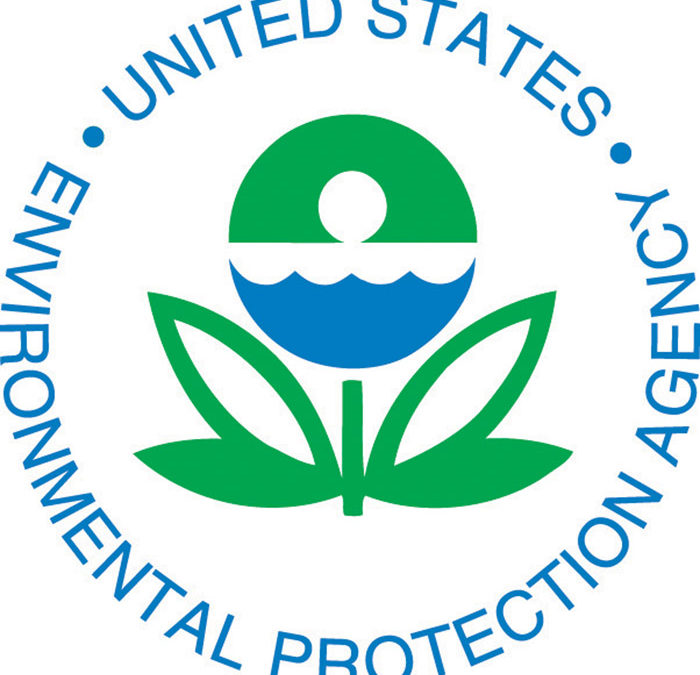Story by Dan Shell,
Managing Editor
The U.S. Environmental Protection Agency (EPA) recently released the agency’s proposed regulations for the first national standard for formaldehyde emissions from composite wood products. The move is required under the Formaldehyde Standards for Composite Wood Products Act that was signed into law in 2010. The proposal’s release sets up a public comment period on the potential regulations that runs through early August.
The new regulations prescribe how much formaldehyde may be emitted from hardwood plywood, medium density fiberboard, particleboard and finished goods made from those products. As noted in the news article on page 6, the EPA’s proposed rules cover two main areas: the definitions of formaldehyde emissions limits and the procedures for implementing them, and also the structure and responsibilities of Third Party Certifiers (TPCs) that will do most of the documenting of producer compliance with the new regulations.
In developing its response through the public comment process, Composite Panel Assn. is working with the Federal Wood Industries Coalition that includes APA—The Engineered Wood Assn., Hardwood Plywood & Veneer Assn., American Forest & Paper Assn. and additional trade groups from the furniture, millwork and chemical industries.
When the federal legislation underpinning the proposals was enacted in 2010, it was promoted as a way to develop a national standard for formaldehyde emissions from composite panel products, giving producers a level of certainty and relieving them from having to work with multiple state agencies and the feds to ensure products are in compliance.
The legislation and plan in 2010 was to adopt national formaldehyde regulations that had been implemented by the California Air Resources Board (CARB), which had adopted stringent emissions limits that went into effect in January 2009. The move was heralded as an issue where competing interests could work together.
Among the concerns CPA has listed with the initial EPA proposals are issues with the TPC process, including EPA recognition that will need to be synced with CARB system, and also record-keeping requirements for TPC testing and even EPA’s treatment of non-complying product lots, which CPA would like to see consistent with CARB practices.
The concept of creating a level playing field and avoiding a proliferation of laws and regulations depending on jurisdiction and marketplace is an admirable one. Then again, it’s easy to see the temptation on the part of EPA to put its own signature on the regulations and to develop a “better” version of the CARB regulations. But changing the substance of CARB’s regulations would betray the process that all sides committed to in 2010. Here’s to hoping EPA keeps its eye on what everybody else has already figured out.

